With rapid urbanization over the last few decades, there is a significant need to redefine India’s mobility system. In this article, I am going to share my perspective on the challenges around the implementation of multi-modal transport in India and assess whether blockchain as an enabler is a right fit in the ecosystem.
Why do we need multimodal transport?
Major Indian cities are now consistently ranked amongst the world’s most congested cities. Average speed for vehicles in Bengaluru is reported as 17 km/h. The off-peak speed for 13 arterial roads in Delhi has been recorded at 27 km/h, 50–60% lower than design speed. (Ref[1])
These high levels of congestion have a huge cost in the form of reduced productivity, fuel waste, and accidents. As an example, recent estimates from the Bengaluru Development Authority, released as part of Master Plan 2031, suggests that 1.18 crore citizens’ waste 60 crore person-hours annually and almost 2.8 lakh liters of fuel are wasted per hour in the Bengaluru city because of congestion.
Personal vehicles per 1000 population have increased from 53 in 2001 to 167 in 2015 (Ref[2]). Rapid urbanization, affordability, poor public transport with little/no first and last mile connectivity are some of the major reasons for the rapid adoption of personal mobility in India. There is an urgent need for us to move from a more personal transport with low asset utilization to shared mobility to address urban transport challenges.
Multimodal transport refers to interlinking of multiple modes of transport (Buses, Metro, Feeder services, Bikes, Taxis etc) to create a more seamless end to end transport from source to destination with low cost and better convenience.

Fig-1: Multi-modal transportation system. Courtesy: Kochi Metro[3]
To better understand multimodal transport check out this, youtube video https://youtu.be/EyglCTmoGpI
Multi-modal transportation — Objectives, Stakeholders and challenges
Objectives
Main objectives of Multimodal transportation
- Shared mobility with low asset utilization
- Seamless journey with unified payments addressing first and last mile connectivity
- Cost-effective
Stakeholders
India with its dense population in cities fares poorly in terms of adoption to public transport due to poor infrastructure, lack of coordination across stakeholders, fragmented data and systems. Indian urban transport system is quite complex with multiple stakeholders operating at different levels, different data, and different policies.
Fig-2: Stakeholders in the multimodal transport system
Apart from Government operated public buses, Metro Rail, Mono Rail and Feeder services connecting most of the metro stations, there is a significant rise of ride-hailing, ride-sharing, and self-rental companies across most of the Indian cities.
It is imperative to bring all these stakeholders on to a common platform to create a seamless multimodal transport ecosystem.
Initiatives so far & Challenges
Initiatives
Some of the initiatives launched by the government that could aid multimodal transportation in India are
1) Odd-Even scheme — was implemented in Delhi during 2017, where cars with license plates ending in odd and even numbers were allowed to ply on alternate days. The initiative had significant success in reducing pollution and traffic congestion45 in the national capital.
2) Real-time traffic monitoring and traffic signal synchronization using CCTV cameras in Mumbai
3) Intelligent traffic systems have been implemented in cities such as Ahmedabad. An ITMS (Intelligent Traffic Management System) is to be rolled out in Delhi by 2019. (Ref [5])
4) One-nation-one-card for public transport soon: NITI AAYOG. India will soon launch one travel card similar to London’s Oyster-card that can be used for different modes of transport.
These are some great initiatives from the Government to develop and encourage sustainable public modes of transport and would encourage seamless payments across multiple providers in. However, A holistic approach is required to truly achieve seamless multimodal transport.
Challenges
For citizens to truly adapt to multimodal transport, there are lot of areas that require attention
- Intelligent Transport systems addressing first and last mile connectivity
- Transparency and Accountability across all the stakeholders
- Transport Safety
- Cost effective on-demand services with maximum asset utilization
Over last few years installation of data-driven traffic management and vehicle tracking systems, Integration of IoT sensors and devices, more connectivity with the road, rail and other public transport modes are being experimented in some of the cities. Last mile connectivity is slowly picking up with the recent surge of self-rented bike/cycle or on-demand feeder/bus shuttle services.
However, a single operator cannot serve the needs of the densely populated India cities. A more orchestrated and coordinated approach involving all the relevant stakeholder with stage-wise responsibilities is critical to mass adoption.
We might see an emergence of a new set of multimodal operators as new stakeholders in the system or transformation of existing stakeholders to multimodal operators. In either case, multimodal transport is a network play, where multiple stakeholders should join together with different Service Level Agreements (SLA’s) and transact with each other to create a seamless experience.
Can Blockchain fit into the Multimodal ecosystem and address these challenges
Case without blockchain — Centralized Approach
A centralized approach might result in the emergence of single/multiple Multimodal Service Operators (MSP) distributed across cities and will control or govern the entire network.
Advantages with centralized approach are
- Easy to maintain and scale
- Decision power remains on a single entity and hence see a lot of quicker improvements
The following challenges remain unanswered with centralized approach
- How to bring all the different stakeholders on to one platform and still maintain privacy and transparency
- How to create accountability across various stages of journey in the ecosystem
- How to aggregate data and systems spread across different silos, reduce efficiencies and create a seamless multimodal transport with better accuracy and low cost
- How to create a more healthy, transparent and competitive ecosystem, protecting all stakeholders interest with a multi-level governance.
Decentralized approach
Blockchain by virtue of its properties can enable a more decentralized autonomous organization(DAO) managed/voted by all relevant stakeholders. This allows decision power to be distributed across all stakeholder thus creating a more healthy and competitive system.[For more details on blockchain, DAO Smart contracts and Distributed ledgers please refer to [5],[6],[7],[8]]
Blockchain alone cannot be a solution to all the problems of the multimodal transport. However, Blockchain can solve some of the challenges and can set a strong foundation for successful implementation of multimodal transport in India.
Fig-3: Building blocks of blockchain addressing challenges of the multimodal transport system
Above building blocks of blockchain can help in addressing the above challenges of the multimodal transport system.
Digital identities of all the stakeholders and assets (Vehicles, partnerships, SLA’s) can be brought on to decentralized ledger to create more authentic and tamper-proof records and avoid fraudulent actors. Existing India stack (http://indiastack.org) for eKYC (Stakeholders verification), UPI and Digilocker (Transport records, driving licenses etc.) can be leveraged for verification.
Multimodal transport involves a contract between the traveler and Multimodal service operator(MSP) for the entire trip. This contract includes SLA’s, insurance terms and penalties in case of delay, cancellations, breakdowns charges. These MSP’s will have different contracts with actual transport service providers (TSP). Bringing the entire trip data on to blockchain helps to avoid conflicts across all the stakeholders. Smart contracts can be utilized to seamlessly transfer accountability across all relevant stakeholders for the entire trip. One nation one card planned by NITI AAYOG encourages seamless payments from the citizens. However, payment settlements across all stakeholder still remain a challenge. Enabling all the trips on blockchain promotes instant payment settlements and increase operational efficiency in the entire system,
Multiple regulatory authorities are involved in creation and administration of transport networks in India. It is a huge operational challenge for all the regulatory authorities to monitor activities of all the stakeholders of the system. Adding vehicle registrations, maintenance, driving behavior, traffic violations, trip records on to blockchain allow all these regulatory authorities to monitor and take actions wherever necessary including infrastructure improvements, monitoring violations etc.
Transport researchers, Technology providers, Subject matter experts will get more authentic data records, allowing them to provide accurate analysis and recommendations to relevant stakeholders.
Fig-4 :Blockchain framework for the multimodal transport system
With heterogeneous data formats and multiple stakeholders, a single blockchain might not fulfill all the requirements. A more robust framework with a cluster of blockchain networks each serving specific requirements with interoperability across different chains as shown in Fig-3 should be considered. This framework should be controlled by a consortium with the government as a major stakeholder. “Blockchain oracles” acts as the gateway between the decentralized network and external systems.
Way Forward
Blockchain as an enabler can help to bring all the relevant stakeholders together, create accountability and transparency across the value chain and can set a strong foundation for the successful implementation of the integrated multimodal transport system in India. With recent initiatives on Mobility and Blockchain (Indiachain) — there is a need for a comprehensive blockchain framework policy that would regulate and encourage shared mobility system addressing above challenges. Current technology limitations on existing blockchain platforms should be solved to move further and plan for successful rollouts.
References
1. http://movesummit.in/files/BCG.pdf
2. https://community.data.gov.in/registered-motor-vehicles-per-1000-population-from-2001-to-2015/
3. https://twitter.com/metrorailkochi/status/835370867643174912
4. https://www.nbmcw.com/tech-articles/project-management-arbitration/18631-multi-modal-transportation-system.html
5. https://timesofindia.indiatimes.com/city/delhi/10-years-on-plan-to-use-ai-to-manage-city-traffic-takes-off/articleshow/63495347.cms
6. https://medium.com/s/story/how-does-the-blockchain-work-98c8cd01d2ae
7. https://medium.com/universablockchain/decentralized-autonomous-organization-what-is-a-dao-company-eb99e472f23e
8. https://blockchainhub.net/smart-contracts/
9. https://en.wikipedia.org/wiki/Distributed_ledger









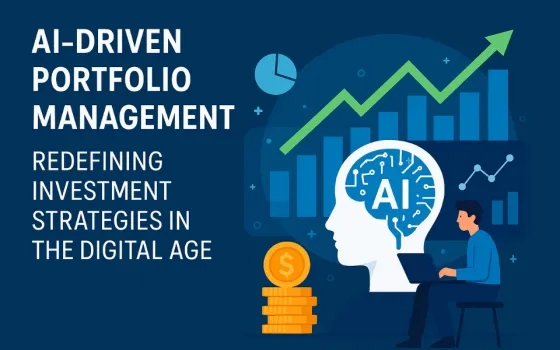
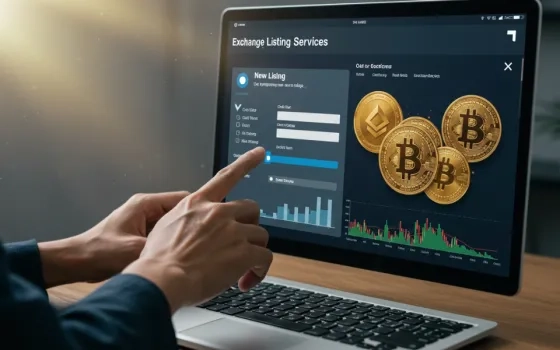
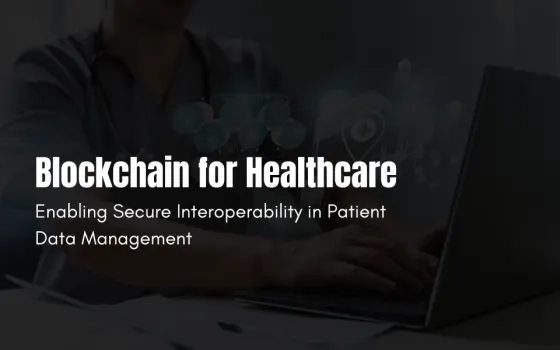

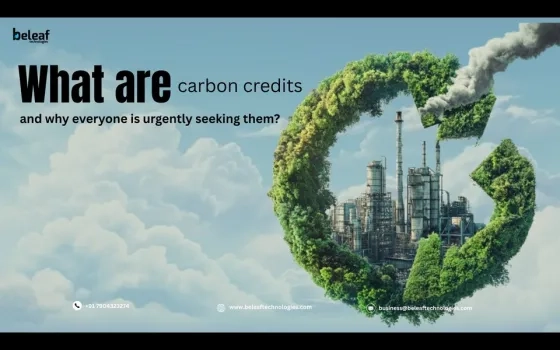

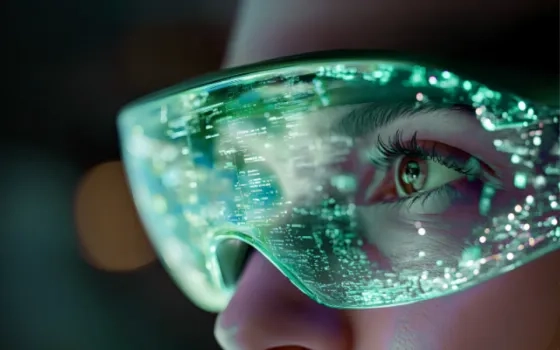
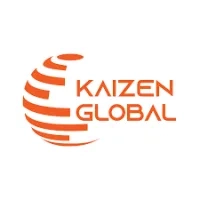
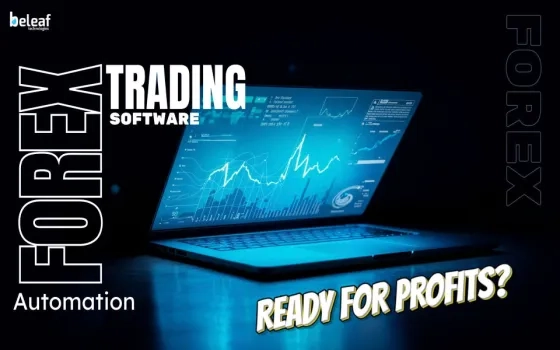


Comment
Blockchain by default is a network play. All stakeholders including governement should join to create this network.Intiation from governemnt will definitely bring together all the key stakeholders in the system and speed up the adoption. However, a home grown blockchain network might this the lead, colloborate with all stakeholders to bring this. I see some of initiatives from Eleven01 (https://www.eleven01.io/) apart from Indiachain
Blockchain is a process of continuously growing list of records, known as blocks that are linked and secured using cryptography. It is designed in such a way that blockchain prevents the modification of data. It is also described as a digital ledger of economic transactions that can be programmed to record not just financial transactions but virtually everything of value. By allowing digital information to be distributed but not copied, blockchain technology has created the backbone of a new type of internet. Originally devised for the digital currency, Bitcoin, the tech community is now finding other potential uses for the technology where blockchains can make other types of digital value.
Amazingly put. But Government agencies can to do this task alone and there is no provision of entry of Startups which can fill the gap by collaboration with Transport Dept/ Smart CIty SPVs,etc.
Eleven01 seems promising. Even GovBlocks | The protocol for decentralized governance is also on something interesting. But these all were part of some campaign and got into government contracts. The real thing on ground is, a B2G startup (not block-chain-er only) goes through several hurdles to procure work order.